Results
-
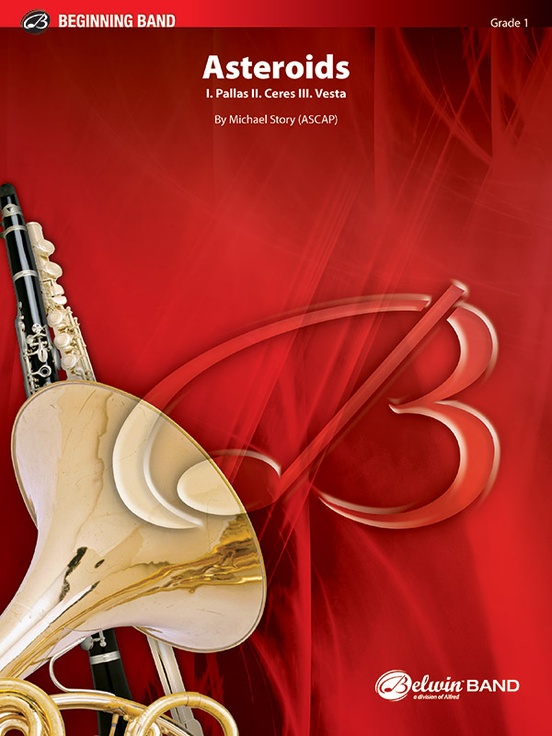 £55.50
£55.50Asteroids (Concert Band - Score and Parts) - Story, Michael
There are almost one million asteroids in our solar system, with the main asteroid belt lying in orbit around the sun between Mars and Jupiter. Asteroids can range in size from less than 33 feet to around 580 miles in diameter. Based on notable asteroids and the mythological figures they were named for, Michael Story's Asteroids is a mini suite that contains three contrasting pieces: Pallas, Ceres, and Vesta. Duration: 3.30
Estimated dispatch 7-14 working days
-
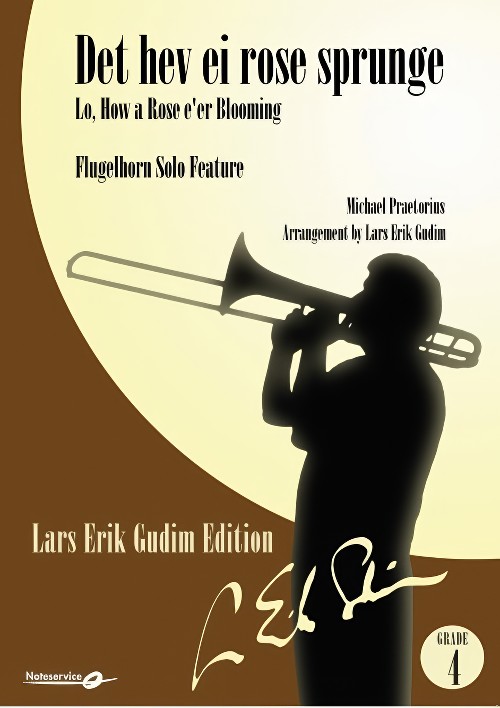 £106.00
£106.00Det hev ei rose sprunge (Lo, How a Rose e'er Blooming) (Flugel Horn Solo with Concert Band - Score and Parts) - Praetorius, Michael - Gudim, Lars Erik
The melody for this German Christmas carol is believed to be written around the year 1400. Michael Praetorius wrote the 4-part choral setting around 1609. This setting has been widely used since them. This arrangement feature a flugelhorn soloist and will be a perfect choice both for the church concert and entertainment. Duration: 4.30
Estimated dispatch 7-14 working days
-
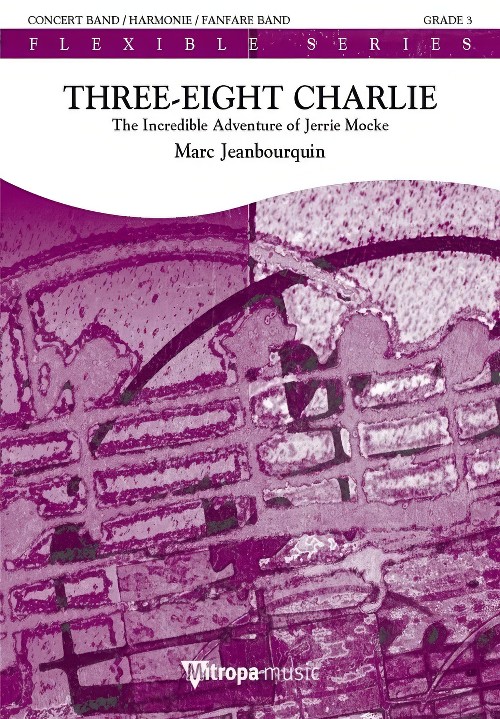 £84.99
£84.99Three-Eight Charlie (The Incredible Adventure of Jerrie Mocke) (Flexible Ensemble - Score and Parts) - Jeanbourquin, Marc
In 1964, the American aviator Jerrie Mocke was the first woman to fly solo around the world, in spite of her critics and the bad weather forecasted. She completed this journey in 29 days on board the "Spirit of Columbus", a single engine Cessna. This story inspired Marc Jeanbourquin. The aviator's determined nature appears from the very first bars, reflecting her mood before take-off. The hymn that follows illustrates the beginning of the flight, when all is going well. This leads to a calmer section, as if the aviator was letting herself be carried by the air currents above the clouds, lost in her thoughts. Then a more energetic passage brings her back inside the cockpit to confront the bad weather she encounters. She overcomes these difficulties to appear out of the clouds before a cheerful finale, as if nearing the finishing line. Welcome aboard for a flight around the world! First prize in the composition competition of the Swiss Music Association (Contest music 4th category 2020). Duration: 6.00
Estimated dispatch 7-14 working days
-
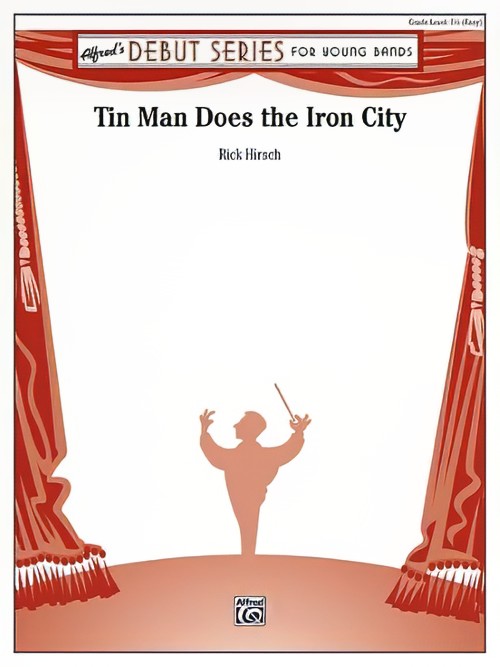 £52.95
£52.95Tin Man Does the Iron City (Concert Band - Score and Parts) - Hirsch, Rick
Imagine the Tin Man (from The Wizard of Oz) spending a day bopping around Pittsburgh back when that city's life centered around its busy steel mills and factories. The percussion section enhances the mechanical nature of this quirky, programmatic piece. Duration: 2:30
Estimated dispatch 7-14 working days
-
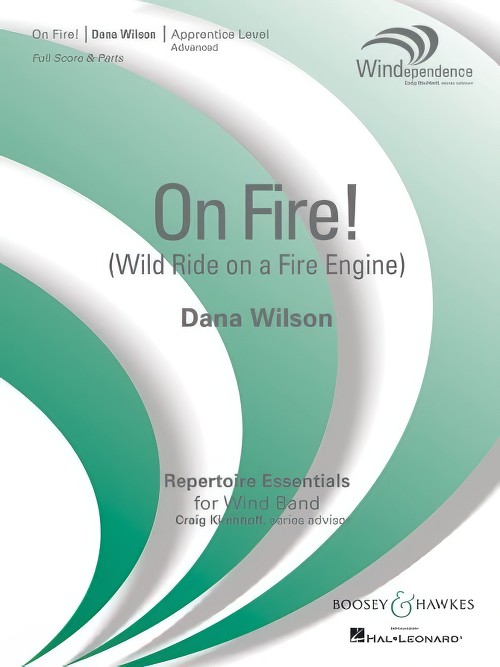 £75.00
£75.00On Fire! (Wild Ride on a Fire Engine) (Concert Band - Score and Parts) - Wilson, Dana
Fire engines have long had a romantic quality, evoking feelings of excitement and wonder. This piece takes us for a whimsical spin around the neighbourhood... careening around turns, flying through intersections and over bumps, warning everyone to get out of the way of this magical machine!Duration: 3.45
Estimated dispatch 7-14 working days
-
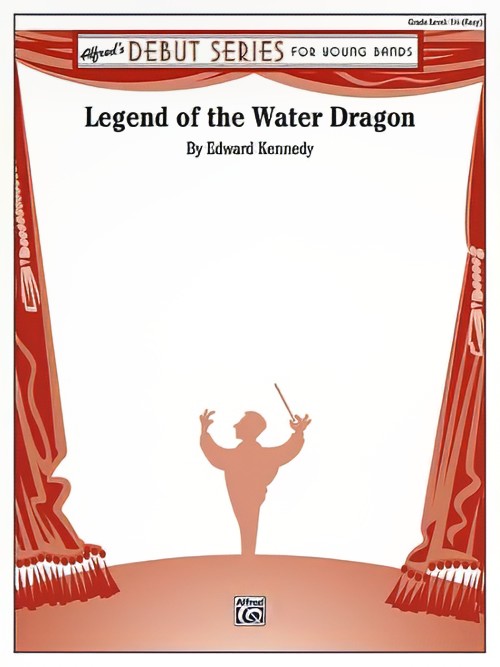 £48.95
£48.95Legend of the Water Dragon (Concert Band - Score and Parts) - Kennedy, Edward
Australian water dragons are fairly large lizards that have been around for 20 million years or so, and they can be seen along the rivers and waterways of Eastern Australia. For some Australian Aborigines, the water dragon is said to bring divine presence and a gateway to the astral world. This programmatic work portrays these mystical primordial creatures playing around in the midday sun.Duration: 2.15
Estimated dispatch 7-14 working days
-
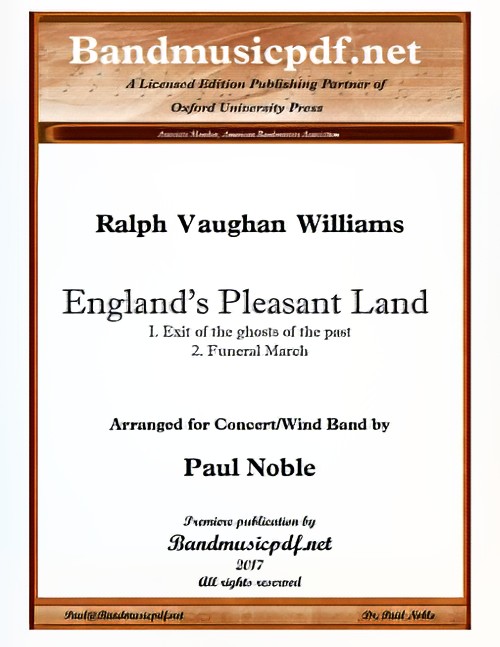 £195.00
£195.00England's Pleasant Land (Concert Band - Score and Parts) - Vaughan Williams, Ralph - Noble, Paul
England's Pleasant Land was written to accompany a pageant by the same name written by the novelist E. M. Forster. The pageant focused on the 'English countryside, its growth and destruction'. The two movements included were Vaughan Williams original contribution to the pageant. The pageant was presented around 1934, and then forgotten - until now. Bands around the world will enjoy presenting this newly found work of Ralph Vaughan Williams.
Estimated dispatch 7-14 working days
-
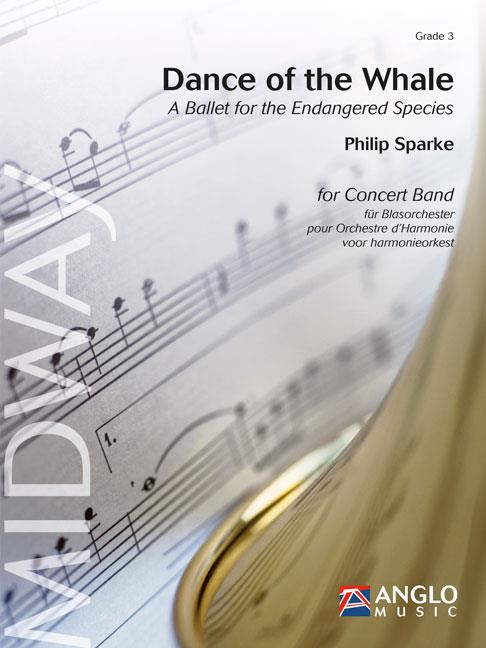 £106.99
£106.99Dance of the Whale (Concert Band - Score and Parts) - Sparke, Philip
Dance of the Whale was commissioned by the Spanish music foundation, Musica et Orbi, at the instigation of its president, Frank De Vuyst. It is part of a unique project which involved nine composers each writing a short movement, describing an animal of the composers' choice, to form a suite called Bestiarium. A consortium of bands around the world helped to fund the project and the world premiere of the suite took place in March 2013 in Medellin, Colombia. Dance of the Whale uses the tenor instruments of the band to describe a lazy and graceful dance by a blue whale and is dedicated to endangered species around the world.Duration: 4:45
Estimated dispatch 7-14 working days
-
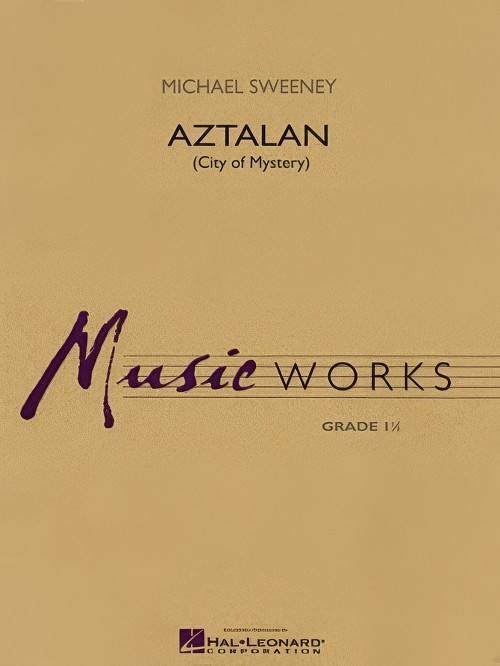 £47.50
£47.50Aztalan (City of Mystery) (Concert Band - Score and Parts) - Sweeney, Michael
The ancient city of Aztalan existed around a thousand years ago in southern Wisconsin, but disappeared mysteriously by around A.D. 1300. Through careful use of tone clusters, haunting melodies and creative percussion effects, this very easy work for band portrays a sense of mystery and drama.Duration: 2:45
Estimated dispatch 7-14 working days
-
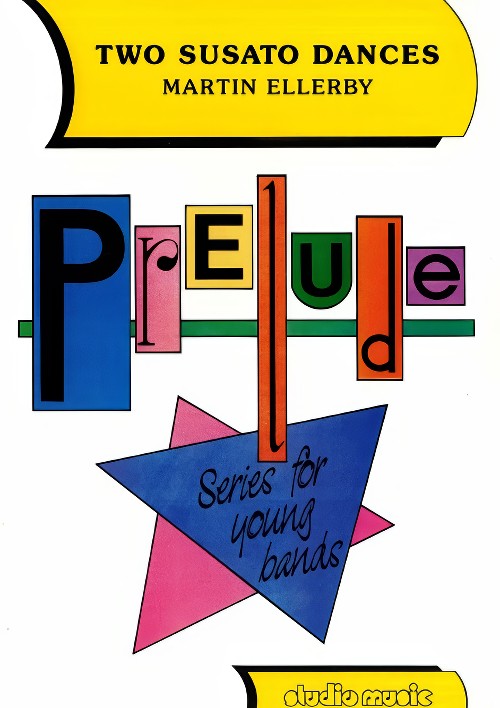 £44.95
£44.95Two Susato Dances (Concert Band - Score and Parts) - Susato, Tielman - Ellerby, Martin
Around 1540 Tielman Susato, the Belgium trumpet player and composer, established himself in Antwerp as a printer of music. In 1551 he brought out The Third Little Music Book, a collection of instrumental dances. Most of these are arrangements, possible by Susato himself, of popular dance tunes. In keeping with sixteenth-century practice, this book details no specific instrumentation; something to be worked out by the players with whatever available means. Doubtless many of the dances were performed on wind instruments at festive outdoor events. The date of Susato's birth is unknown but estimated to be around 1500. The same applied to his death, which is thought to be somewhere between 1561-64.The third Little Music Book gives several examples of the traditional sixteenth-century genre, the dance pair, a predecessor of the Baroque suite. In such a pair the first dance was often in slow or moderate duple time, the second in quick triple time. This is the case in the pair presented here, which consists of a lively round dance followed by a Hop Up or saltarello.Titles in the Prelude Series are specifically scored for bands with few, if any, bass instruments but will sound well on larger ensembles. The bass line is playable by any combination of bass clarinet, bassoon, baritone saxophone, trombone, euphonium or tuba; in the event that none of these is available, the part for trombone/euphonium (B flat TC) can be played by tenor saxophone. The tuned percussion part is entirely optional and can be played by any available instrument(s). Each piece also includes a preliminary exercise. This is always in the same key as the accompanying piece and consists of a scale and chord progression that can be used for improving ensemble, balance, intonation and instrumental facility by changing tempo, articulation and dynamics.Duration: 2.00
Estimated dispatch 7-14 working days
